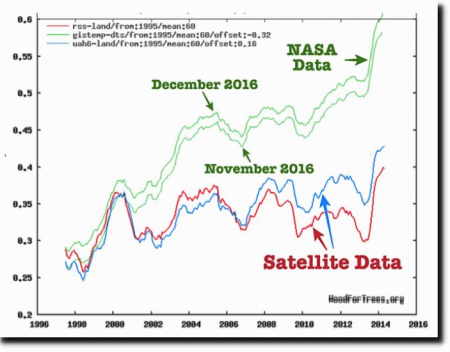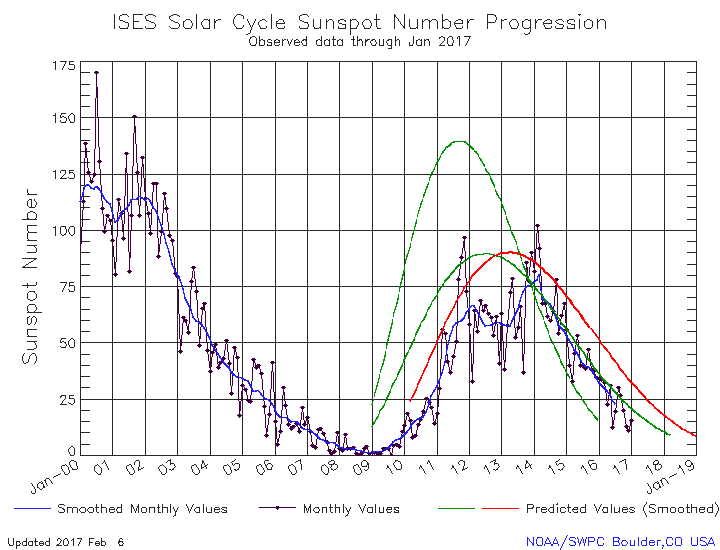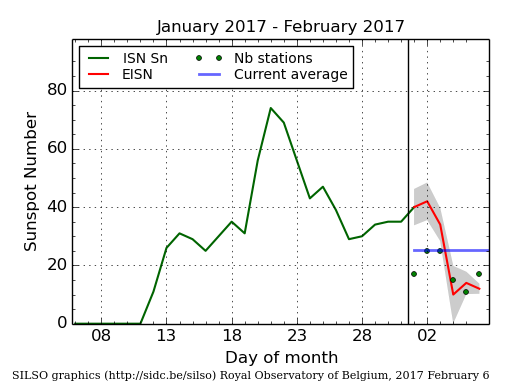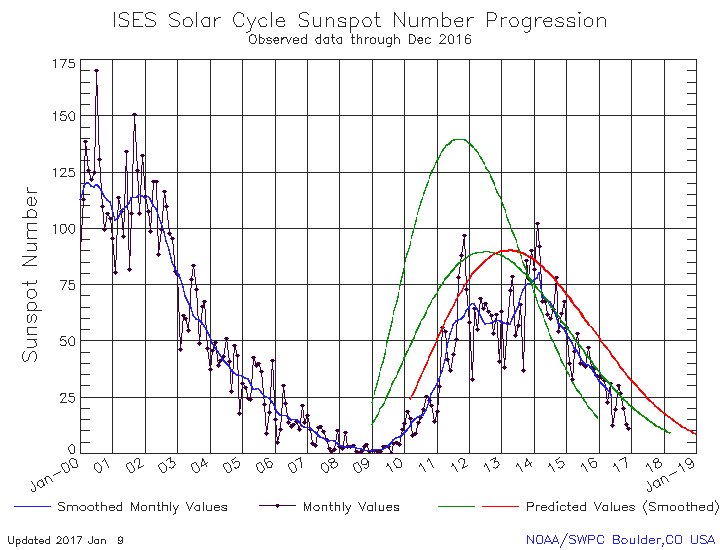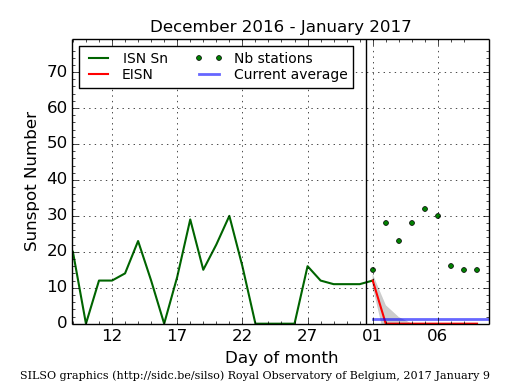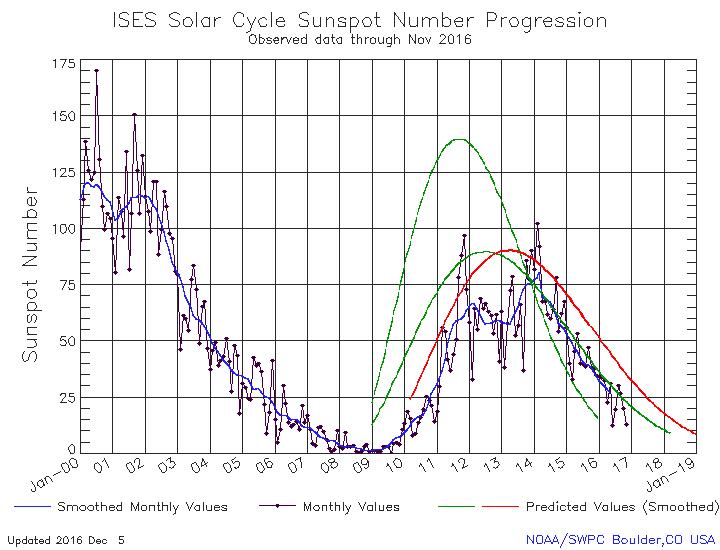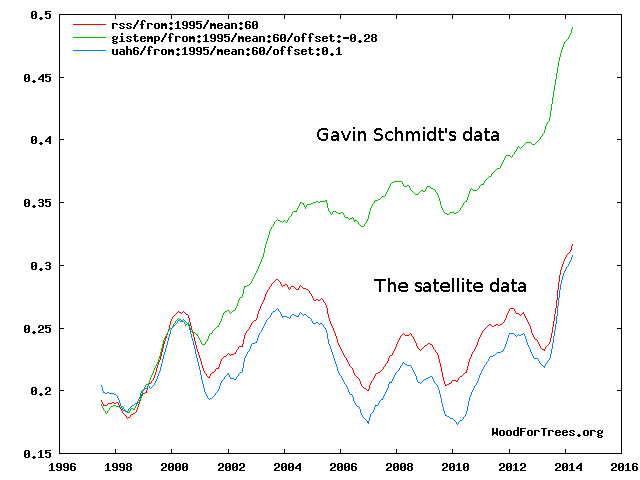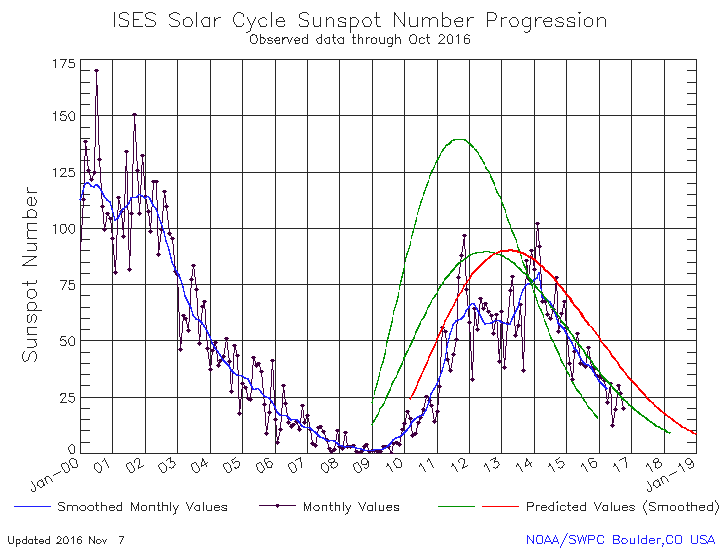Less than 1% of all science papers follow scientific method
The uncertainty of science: A survey of the research done for papers published in scientific peer-reviewed journals has found that less than 1% properly follow the scientific method.
Armstrong defined eight criteria for compliance with the scientific method, including full disclosure of methods, data, and other reliable information, conclusions that are consistent with the evidence, valid and simple methods, and valid and reliable data.
According to Armstrong, very little of the forecasting in climate change debate adheres to these criteria. “For example, for disclosure, we were working on polar bear [population] forecasts, and we were asked to review the government’s polar bear forecast. We asked, ‘could you send us the data’ and they said ‘No’… So we had to do it without knowing what the data were.”
According to Armstrong, forecasts from the Intergovernmental Panel on Climate Change (IPCC) violate all eight criteria.
“Why is this all happening? Nobody asks them!” said Armstrong, who says that people who submit papers to journals are not required to follow the scientific method. “You send something to a journal and they don’t tell you what you have to do. They don’t say ‘here’s what science is, here’s how to do it.’”
Worse, the research found that many results came not from data but to confirm something that was politically advantageous or helpful in winning grants.
Digging deeper into their motivations, Armstrong pointed to the wealth of incentives for publishing papers with politically convenient rather than scientific conclusions. “They’re rewarded for doing non-scientific research. One of my favourite examples is testing statistical significance – that’s invalid. It’s been over 100 years we’ve been fighting the fight against that. Even its inventor thought it wasn’t going to amount to anything. You can be rewarded then, for following an invalid [method].”
“They cheat. If you don’t get statistically significant results, then you throw out variables, add variables, [and] eventually you get what you want.” [emphasis mine]
The scientific community and especially the climate field has got to get a handle on this and demand better. Otherwise, we lose the greatest gift science has given to civilization, an unwavering dedication to the truth.
The uncertainty of science: A survey of the research done for papers published in scientific peer-reviewed journals has found that less than 1% properly follow the scientific method.
Armstrong defined eight criteria for compliance with the scientific method, including full disclosure of methods, data, and other reliable information, conclusions that are consistent with the evidence, valid and simple methods, and valid and reliable data.
According to Armstrong, very little of the forecasting in climate change debate adheres to these criteria. “For example, for disclosure, we were working on polar bear [population] forecasts, and we were asked to review the government’s polar bear forecast. We asked, ‘could you send us the data’ and they said ‘No’… So we had to do it without knowing what the data were.”
According to Armstrong, forecasts from the Intergovernmental Panel on Climate Change (IPCC) violate all eight criteria.
“Why is this all happening? Nobody asks them!” said Armstrong, who says that people who submit papers to journals are not required to follow the scientific method. “You send something to a journal and they don’t tell you what you have to do. They don’t say ‘here’s what science is, here’s how to do it.’”
Worse, the research found that many results came not from data but to confirm something that was politically advantageous or helpful in winning grants.
Digging deeper into their motivations, Armstrong pointed to the wealth of incentives for publishing papers with politically convenient rather than scientific conclusions. “They’re rewarded for doing non-scientific research. One of my favourite examples is testing statistical significance – that’s invalid. It’s been over 100 years we’ve been fighting the fight against that. Even its inventor thought it wasn’t going to amount to anything. You can be rewarded then, for following an invalid [method].”
“They cheat. If you don’t get statistically significant results, then you throw out variables, add variables, [and] eventually you get what you want.” [emphasis mine]
The scientific community and especially the climate field has got to get a handle on this and demand better. Otherwise, we lose the greatest gift science has given to civilization, an unwavering dedication to the truth.

